Key Takeaways
- Dermestid beetles aren’t directly harmful to humans but their larvae can cause mild allergic reactions.
- Pets typically face minimal risks, with potential mild irritation or digestive upset.
- Your belongings—especially fabrics, leather items, and pantry goods—face the greatest threat.
- Early detection and preventive strategies are crucial in managing and avoiding infestations.
- Regular cleaning, proper storage, natural remedies, and knowing when to seek professional help can effectively manage dermestid beetles.
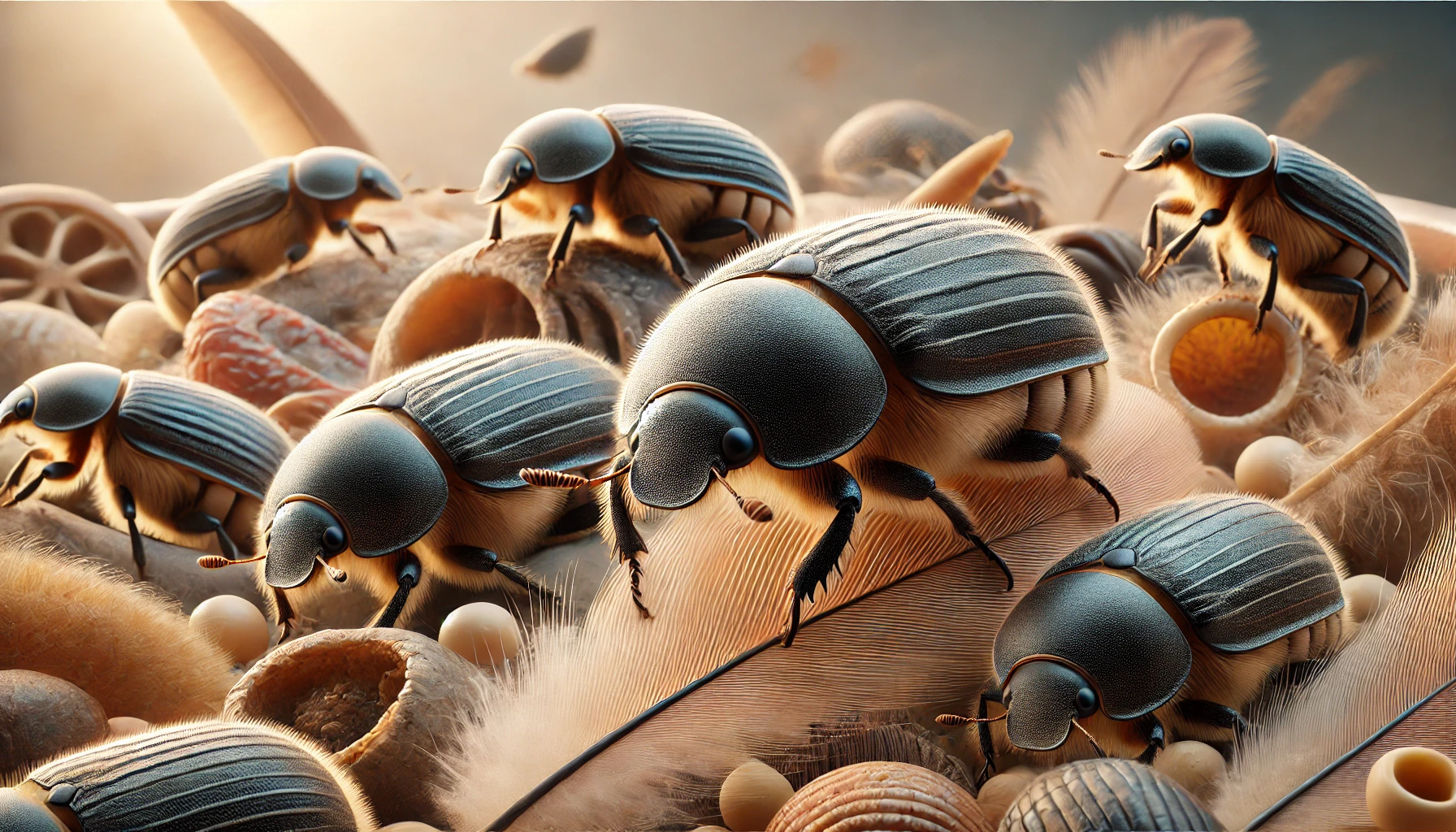 Dermestid beetles, also known as carpet beetles or hide beetles, are small beetles that, let’s admit it, do not exactly have the most hospitable reputation. When you hear “flesh-eating beetles,” images of some gore movie come into your mind, right? Fear not just yet, though. Although their title may sound spooky, their truth is far from terrifying.
Even so, they’re not exactly visitors you’d welcome in your house. Let’s break it down—are dermestid beetles really dangerous, and should you be worried if they’ve made your home their headquarters?
Dermestid beetles, also known as carpet beetles or hide beetles, are small beetles that, let’s admit it, do not exactly have the most hospitable reputation. When you hear “flesh-eating beetles,” images of some gore movie come into your mind, right? Fear not just yet, though. Although their title may sound spooky, their truth is far from terrifying.
Even so, they’re not exactly visitors you’d welcome in your house. Let’s break it down—are dermestid beetles really dangerous, and should you be worried if they’ve made your home their headquarters?
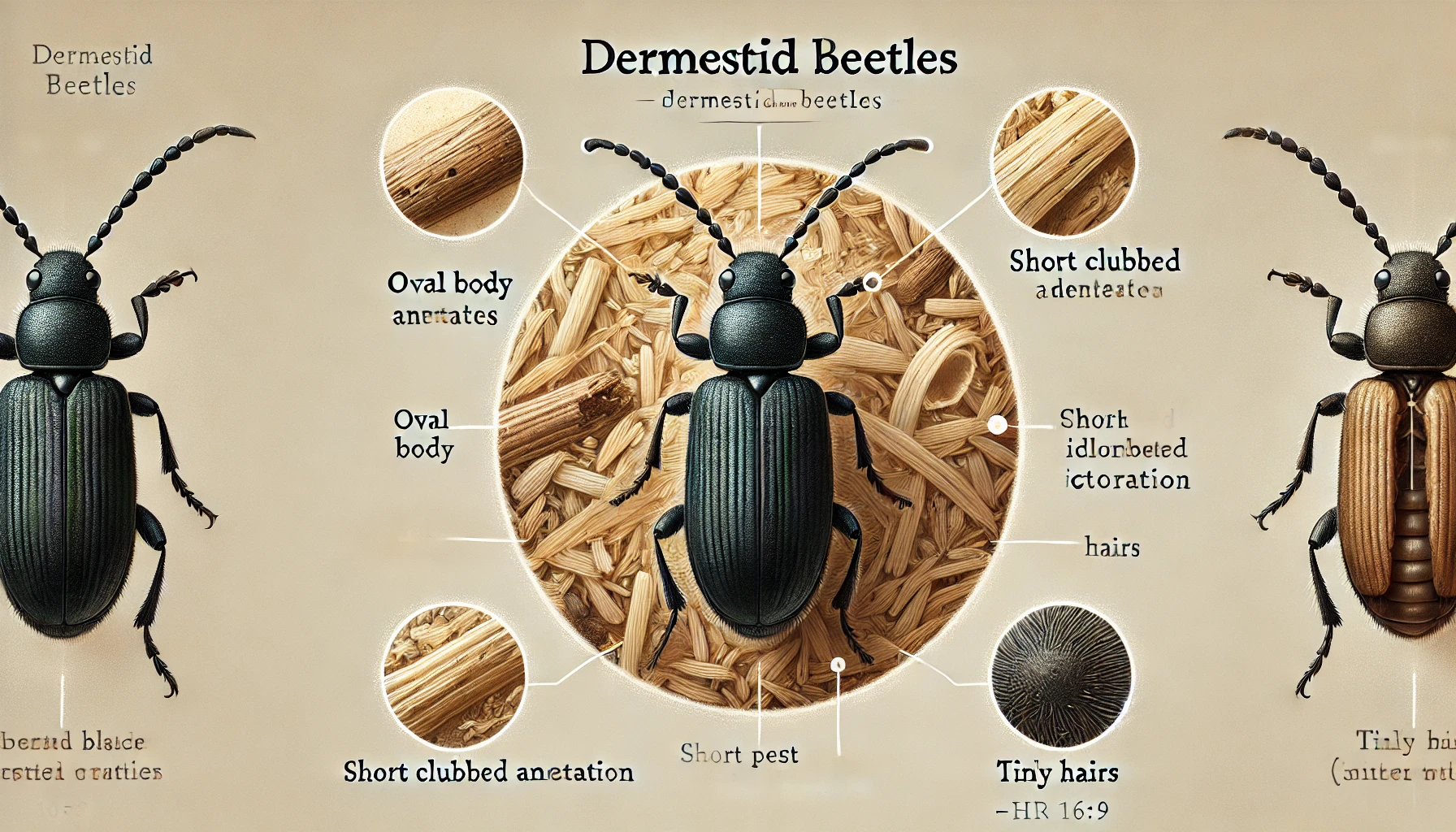

Not getting a solution?
Get your free pest control estimate today!Getting Familiar with Dermestid Beetles
Dermestid beetles are tiny—tiny enough to be overlooked—just around 2 to 10 millimeters long in a split second. Round in shape and typically dark colored, these beetles look pretty innocuous in appearance. Now here’s the catch: with all their scary nickname, they are not into snacking on living things. Rather, they love dried animal and plant tissues, essentially nature’s recyclers. Outside, you might even find them useful—helping the ecosystem by disposing of rotting animals. Indoors, however? Well, their useful function has an unfortunate twist. They induce great frustration when your house is their restaurant.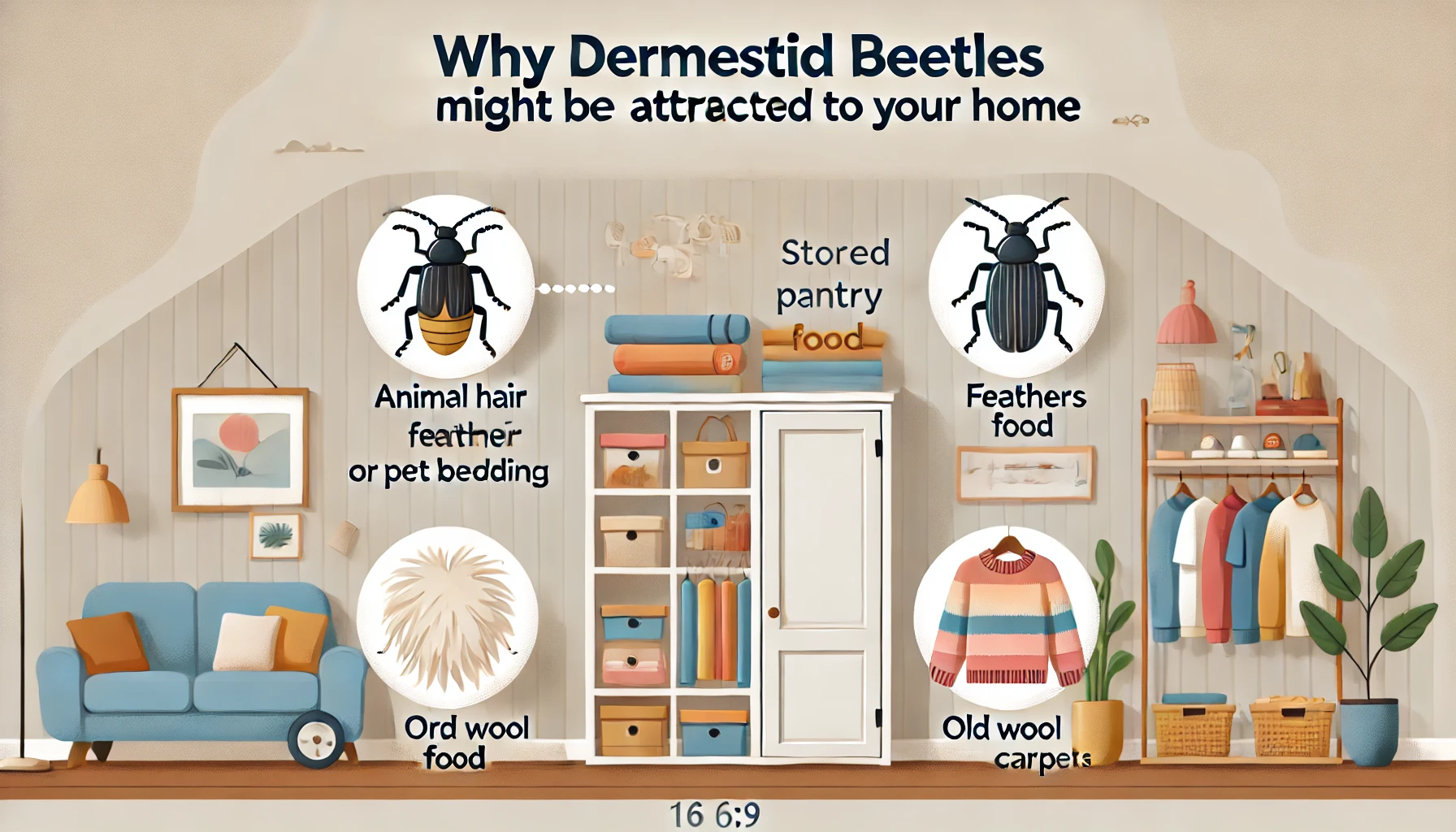
Why Are They Hanging Out at Your Place?
Ever wonder why these beetles suddenly pop up in your house? It isn’t exactly random. Homes, especially cluttered spaces, provide plenty of tempting snacks for these tiny scavengers. They’re especially drawn to:- Your favorite wool sweater or that cozy wool rug
- Pet hair accumulating behind your furniture
- Those forgotten pantry items like cereals, grains, dried fruits, and nuts
- Dead insects or even tiny rodents hiding in attics and basements
Can They Hurt You?
Here’s some reassuring news: dermestid beetles don’t bite or sting people. Honestly, they’re not aggressive at all. But—and here comes the mild twist—their larvae might cause a little trouble. These larvae are fuzzy and caterpillar-like, and their tiny hairs can lead to mild allergic reactions, especially if you’re sensitive or allergic to insect hairs. Possible reactions include:- Itchy skin or minor rashes
- Sneezing or coughing if you inhale airborne hairs
- Eye irritation if hairs accidentally get into your eyes
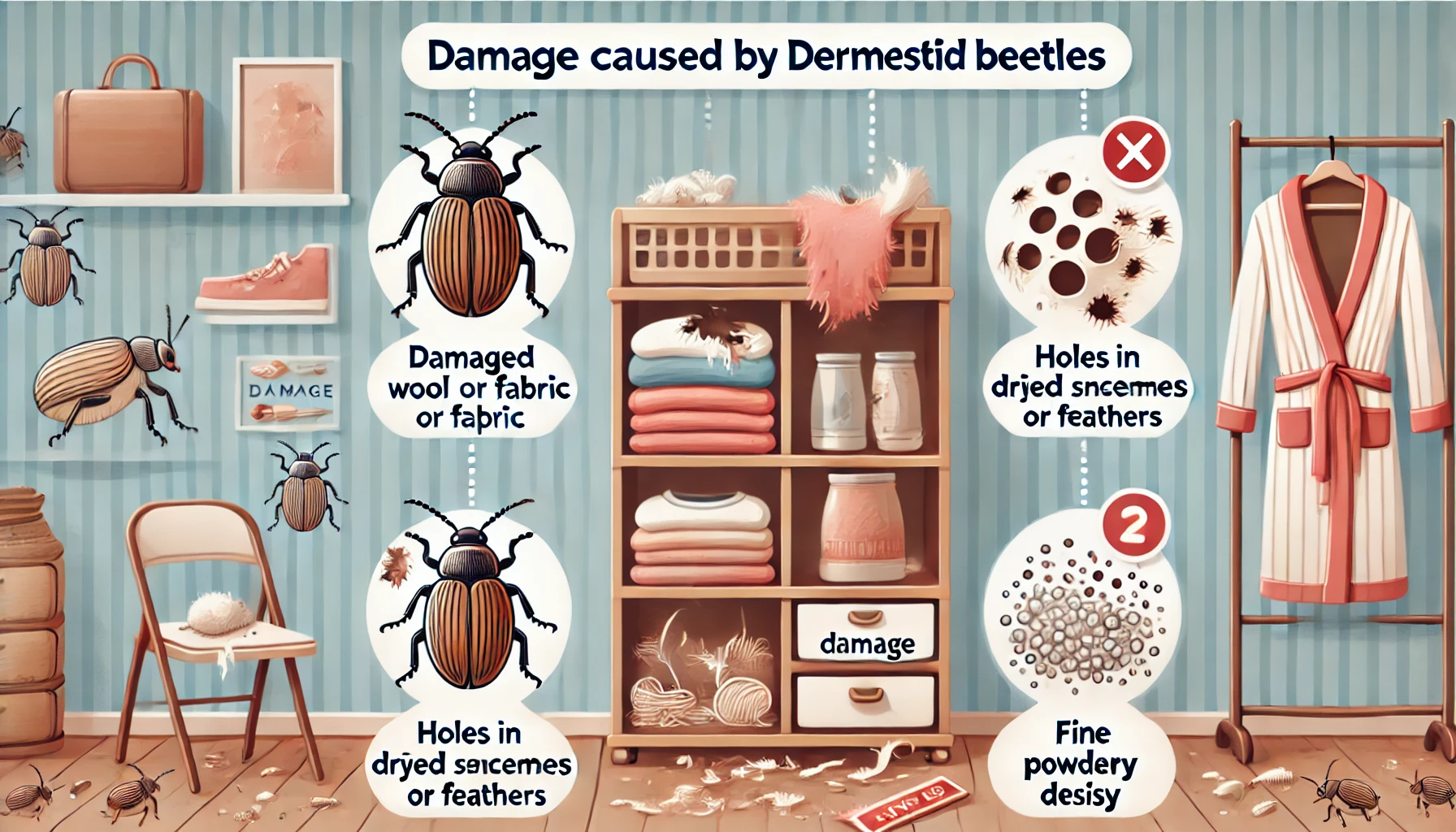
What About Your Pets?
Pets typically won’t face serious harm from these beetles either. However, they might experience mild irritation or itching if they come into contact with larvae. If your furry friend accidentally snacks on a beetle or larvae, they might get an upset stomach—but this is usually minor and passes quickly. To keep pets comfy and happy, regularly inspect and clean their bedding, resting spots, and food areas to keep beetles away. The Real Damage: Your Belongings Now, this is where things get tricky. Dermestid beetles might not harm you directly, but they don’t play nice with your possessions. If you cherish your belongings—and who doesn’t?—you’ll want to watch out for damage to:- Wool clothing, blankets, and rugs (they love these)
- Leather goods, including shoes, purses, and furniture upholstery
- Taxidermy collections or decorative animal mounts
- Pantry products, leading to food contamination and waste
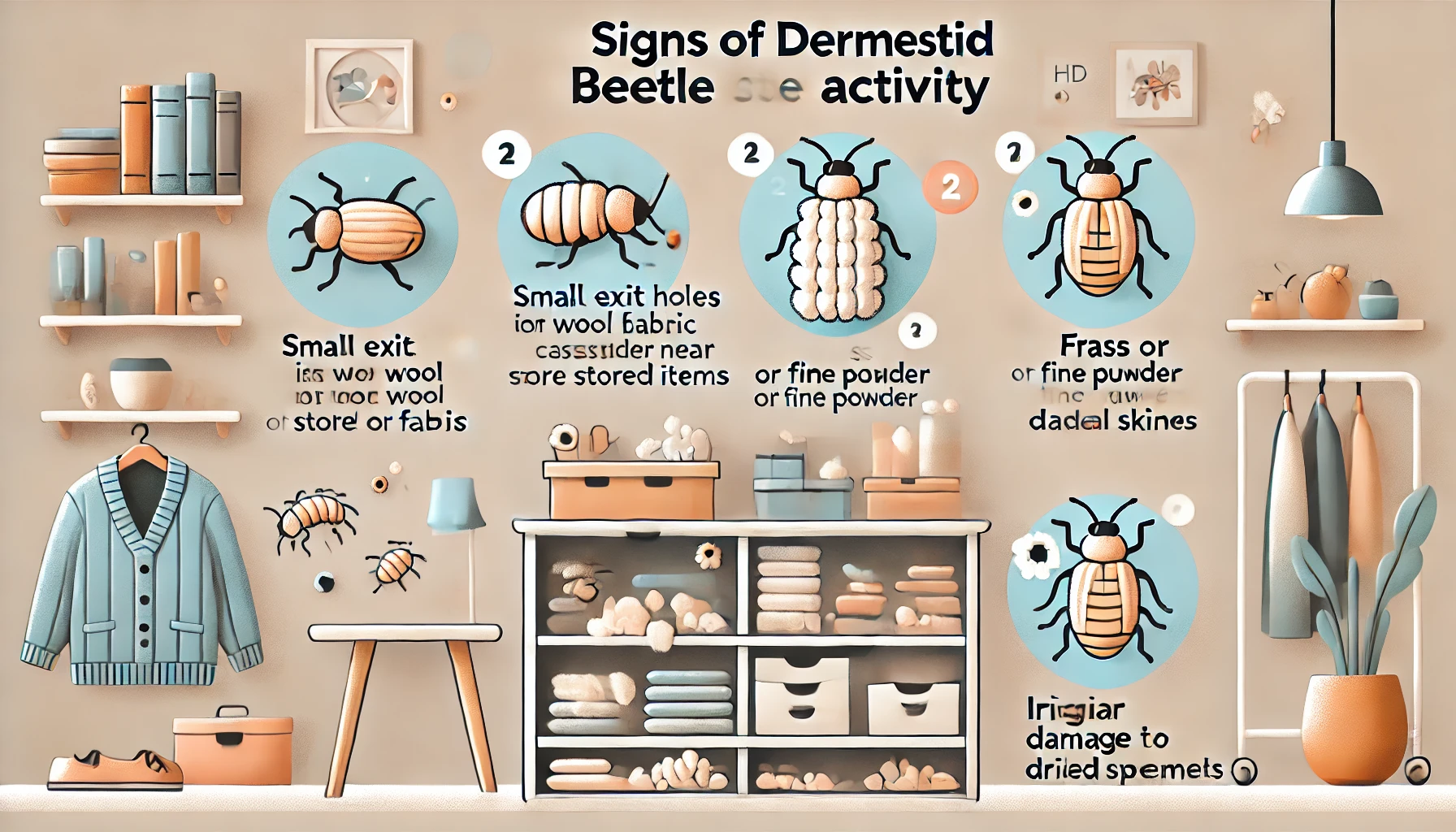
Spotting the Signs Early
Dermestid beetle infestations aren’t hard to spot once you know what to look for. Keep an eye out for:- Small, dark adult beetles hanging around windows or lights
- Hairy larvae lurking in pantries, closets, or near baseboards
- Mysterious small holes appearing in clothing or carpets
- Shed skins or small piles of debris that resemble ground coffee
- Damaged or contaminated pantry items
Managing Dermestid Beetles (Without Losing Your Cool)
Good news—you can manage these beetles pretty effectively with some consistent effort: Stay on Top of Cleaning Vacuum carpets, furniture and storage areas regularly. Be hardworking, especially in rarely accessible places. And make sure you immediately empty that vacuum – trust me, you don’t want Beetle to crawl back to your home. Storage Tips Don’t leave things to chance—store your woolens and other susceptible items in sealed garment bags or airtight containers. Keep your pantry tidy with tightly sealed jars and containers. Temperature Tricks Did you know beetles hate extreme temperatures? Washing clothes in hot water and drying them at high heat effectively eliminates larvae. For items you can’t wash, freezing them for a few days works wonders, too. Natural, Safe Remedies For those who prefer chemical-free methods:- Sprinkle food-grade diatomaceous earth around baseboards
- Regularly wipe down surfaces with a vinegar-water mix
When to Use Chemicals
If things are stubbornly tough, insecticides labeled specifically for carpet beetles can help. Boric acid, applied carefully, can also be effective. Just be cautious—these products must be kept away from kids and pets.Know When to Call for Help
If your beetle problem is getting out of hand or causing too much frustration, call professional pest control services. They’ll handle tricky infestations swiftly and safely. The bottom line is this: dermestid beetles may not be the most dangerous pests, but they’re certainly not guests you want sticking around. With a bit of attention, consistency, and the right strategies, you can keep these pests under control and enjoy your home comfortably and beetle-free.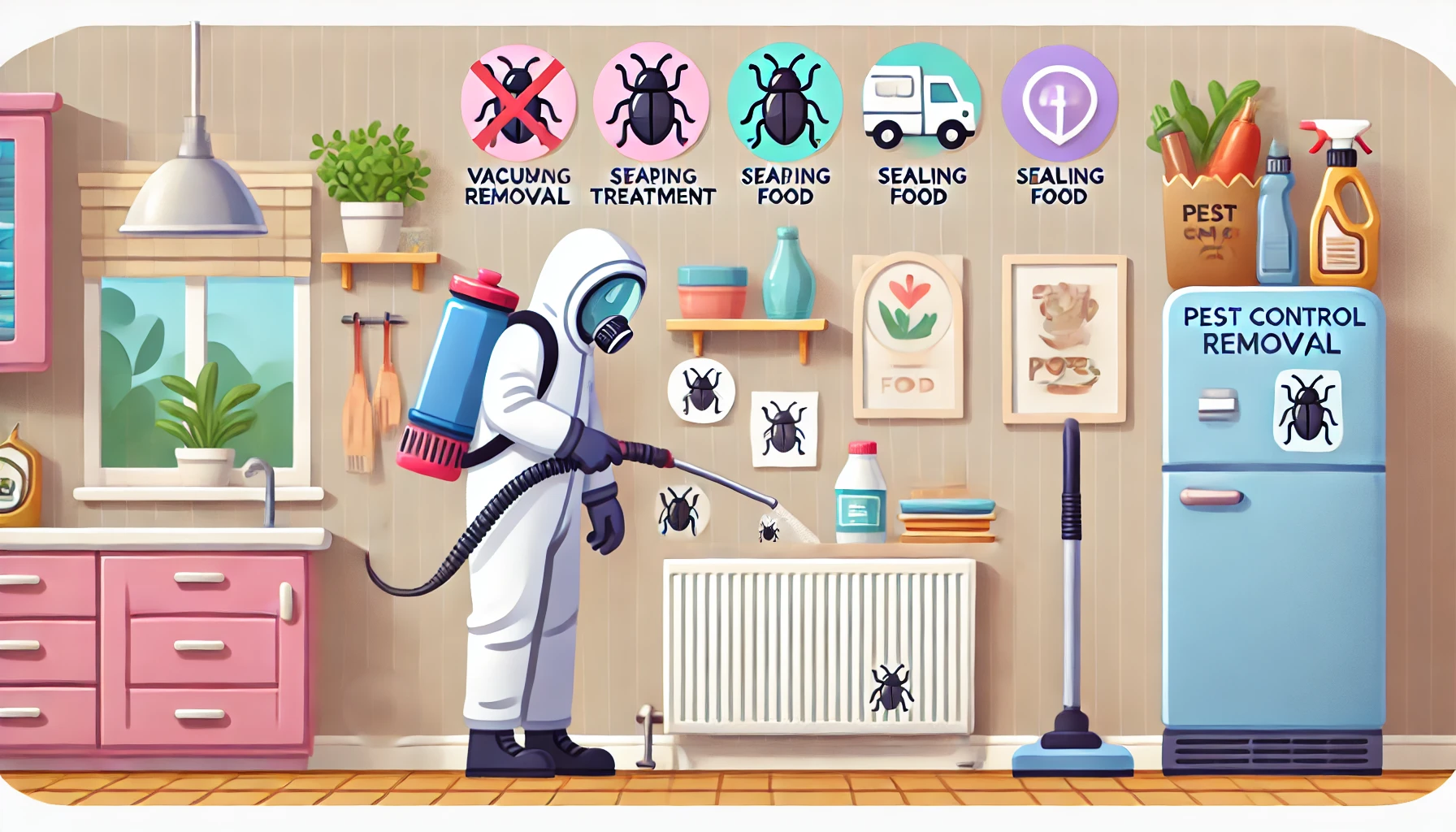 If you feel things have gone out of control, it is advised to contact pest control professionals. Our team can provide a customized approach to protect your home effectively.
If you feel things have gone out of control, it is advised to contact pest control professionals. Our team can provide a customized approach to protect your home effectively.
Visit our Species, Control, and DIY Guide sections for additional resources on beetles and ways to tackle a beetles infestation.





